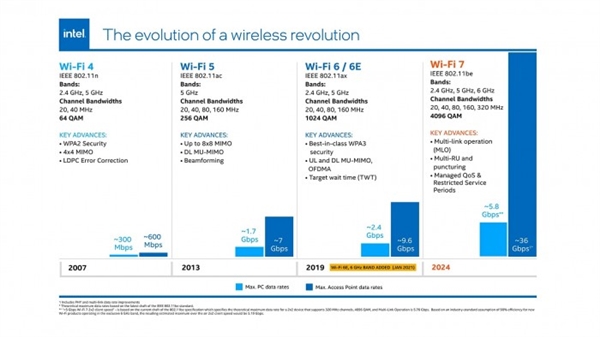 【资料图】
【资料图】
Image source: China Visual
BEIJING, August 5 (TMTPOST) -- Chinese e-commerce giant Alibaba Group Holding Ltd reported revenues of 205.6billion yuan ($30.4 billion) on Thursday, roughly the same as the same period of 2021.
Due to the fallout of the pandemic as well as supply chain and logistics disruptions, Alibaba recorded its lowest quarterly revenue growth ever
Alibaba"s net income attributable to the parent fell by 50% year-over-year to 22.739 billion yuan ($3.36 billion), while net proftts according to Non-GAAP fell by 30% year-over-year to 30.252 billion yuan ($4.47 billion). Operating profit declined due to a fall in Taobao’s gross merchandise volume (GMV) and an increase in order cancellations, resulting in a decline in customer management revenue, Ali"s largest source of revenues. Meanwhile, investment gains and losses by equity accounting declined to -3.48 billion yuan (-$514.7million) from 6.093 billion yuan ($901million) a year earlier.
The GMV from its core e-commerce business, its Taobao and Tmall platforms, declined by mid-single digits from a year earlier mainly due to a COVID-19 resurgence and restrictions that resulted in supply chain and logistics disruptions in April and most of May. The post-earnings conference call revealed that Taobao Tmall"s GMV growth was less than the growth of China’s total retail sales.
In April and May 2022, China’s total retail sales of consumer goods declined by 11.1% and 6.7% year-over-year, respectively, but grew by 3.1% in June. Total retail sales for the entire second quarter fell by 4.6% year-on-year, significantly lower than the GDP growth in the same period, reflecting the larger impact of the pandemic on consumption.
Consumption of different categories also diverged. Alibaba"s payment GMV declined in categories such as apparel and consumer electronics, while categories such as health care, pet care, collectibles, and outdoor activity equipment, all continued to record growth.
As for the international business, revenue from international retail operations, including Lazada, Speedy, Trendyol and Daraz, declined by 3% year-over-year to $10.524 billion, primarily due to a decrease in orders from Speedy which were resulted by changes in EU VAT regulations, the depreciation of the euro against the U.S. dollar, and supply chain and logistics disruptions caused by the Russia-Ukraine conflict. Lazada achieved growth in GMV, recording a 10% year-over-year increase in orders in Southeast Asia. Trendyol saw a 46% increase in overall orders.































































